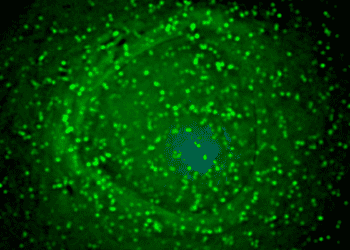Type of compensation model influences gender pay gap in primary care
1. Simulation based on registry data showed that type of compensation approach could affect gender pay disparities among primary care physicians (PCPs).
2. Capitation with risk adjustment for age and sex was associated with a smaller pay gap than other compensation models.
Evidence Rating Level: 2 (Good)
Study Rundown: Female physicians make up a growing portion of healthcare providers and contribute to improving patient outcomes. Yet, the gender pay gap continues to exist, including among PCPs. This disparity has been attributed to productivity-based compensation models which favor traditionally male practice patterns while disadvantaging female providers who often have fewer but longer visits and more non-facing care. Capitation models based on patient complexity may better capture the care effort and narrow this gap. The current study was a microsimulation using a national registry to estimate the full-time-equivalent pay difference between male and female physicians under different compensation models. The results showed that capitation adjusted for diagnosis alone led to the largest wage gap, followed by capitation adjusted for age alone, unadjusted capitation, and productivity-based compensation. The smallest pay gap was achieved under capitation adjusted for the patient’s age and sex. A major limitation was that panel attribution was based on office visits only and other aspects of delivered care were not captured, potentially biasing capitation-based models to larger estimated gaps. Nevertheless, these results suggest compensation model could play a role in narrowing the gender pay gap among PCPs and recognizing care efforts.
Click here to read the study in AIM
In-Depth [cross-sectional study]: The current study was a microsimulation utilizing the PRIME clinical data registry to estimate the annual full-time-equivalent wage difference between matched male and female PCPs in different compensation models. The PRIME database contains electronic health record data of 5.8 million patients receiving care from 3,335 clinicians across 1,222 primary care practices. PCPs, specializing in general practice, internal medicine, or family medicine, who worked at least two half-day clinics per week for at least 12 calendar months were included. Patient diagnosis-based risk was reported using the Charlson Comorbidity Index (CCI) and Hierarchical Condition Category (HCC) score. The simulated compensation models were: productivity-based, size-based capitation, size-based capitation with adjustments for various combinations of patients’ age, sex, CCI, HCC, and hybrid productivity-based and size-based capitation with adjustments for age, sex, and CCI or HCC. Productivity-based compensation was estimated to result in a median pay difference of $58,829 (interquartile range [IQR], $39,553-120,353). Similarly, size-based capitation yielded a median difference of $58,723 (IQR, $42,141-140,192). Hybrid productivity-based and size-based capitation with adjustments for age, sex and diagnosis estimated pay differences of $78,961 (IQR, $53,477-148,255) for CCI and $58,860 (IQR, $41,196-120,383) for HCC. The smallest compensation difference of $36,631 (IQR, $12,743-73,893) (p=0.066) was achieved under size-based capitation with adjustments for age and sex. In summary, the study results demonstrated how compensation approaches could influence the gender pay gap among PCPs and encouraged more discussion on how to best value physicians’ efforts and improve patient outcomes.
Image: PD
©2022 2 Minute Medicine, Inc. All rights reserved. No works may be reproduced without expressed written consent from 2 Minute Medicine, Inc. Inquire about licensing here. No article should be construed as medical advice and is not intended as such by the authors or by 2 Minute Medicine, Inc.







